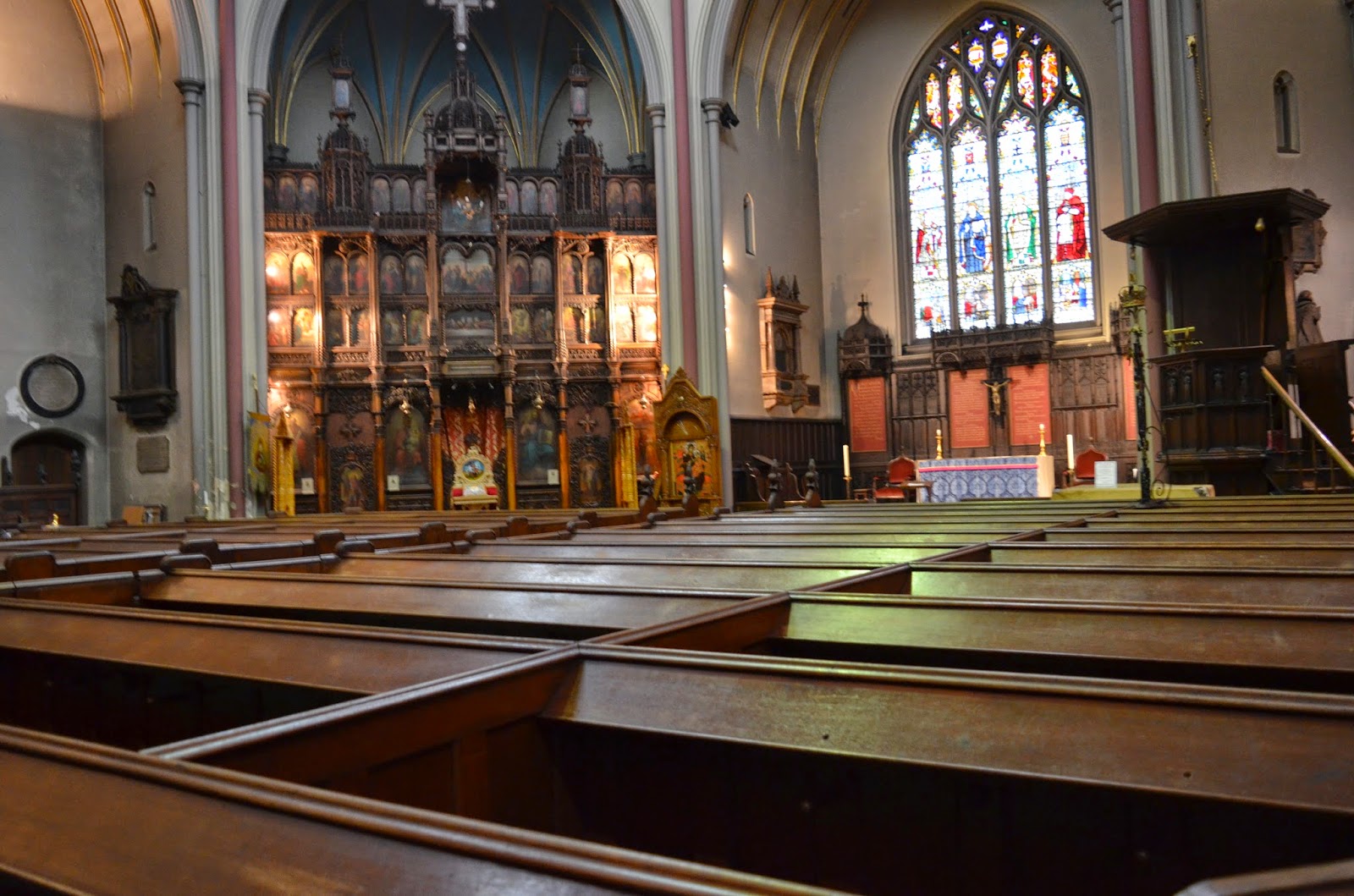It's crazy to think that we will be submitting our final report less than two weeks from today! This week we're finishing up our site visits and interviews so we have plenty of time to put our findings together.
At the beginning of the week, we conducted a few final interviews and drafted our preliminary findings, conclusions, and recommendations. We also visited St. Martin Ludgate, a beautiful Wren church on Ludgate Hill. This church is of particular interest to American tourists because William Penn, the father of the founder of Pennsylvania, was married there.
Today, we visited two more city churches: St. Olave Hart Street and St. Mary at Hill. St. Olave Hart Street is one of the only remaining medieval buildings in the city of London. The church is best known for its gateway leading into the gardens. The gateway, which is lined with skulls, was mentioned by Charles Dickens in The Uncommercial Travel. In this work, he also coined the church's nickname, St. Ghastly Grim. Unlike St. Olave Hart Street, St. Mary at Hill is one of the more modern city churches because it was severely damaged by a fire in 1988. Despite the damage that was done by the fire, some of the original artifacts still remain.
The gateway at St. Olave Hart Street.
Inside St. Olave Hart Street.
Inside St. Mary at Hill.
Last but not least, we had the opportunity to visit St. Paul's Cathedral this afternoon. We learned about what the cathedral has done over the past two decades to improve access for the disabled community and went on a guided tour.
A staircase leading up to the Saint Paul's Cathedral Library, designed by Christopher Wren.
The view from the Gold Galleries on top of St. Paul's Cathedral.
Tomorrow, we will be visiting St. Andrew by the Wardrobe and Westminster Abbey, so stay tuned!
The AAiC IQP Team














































